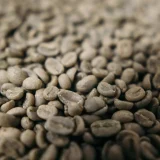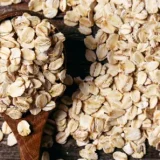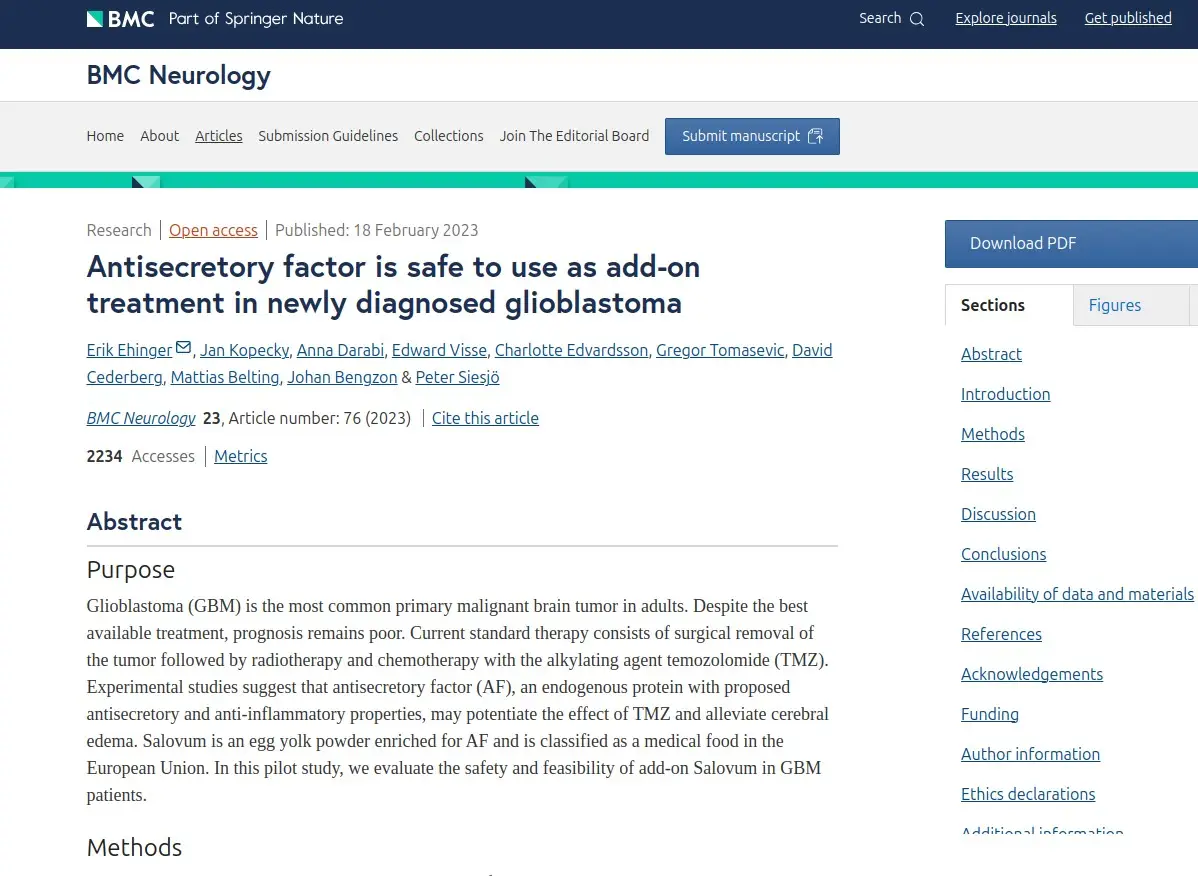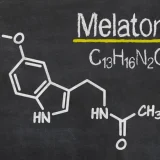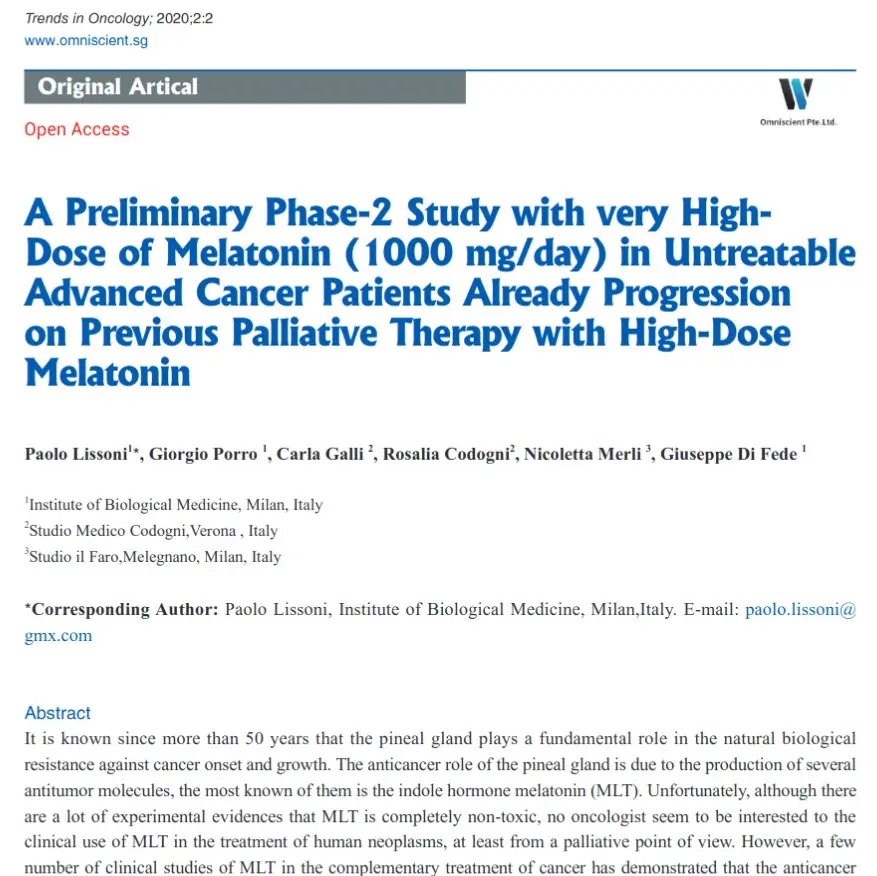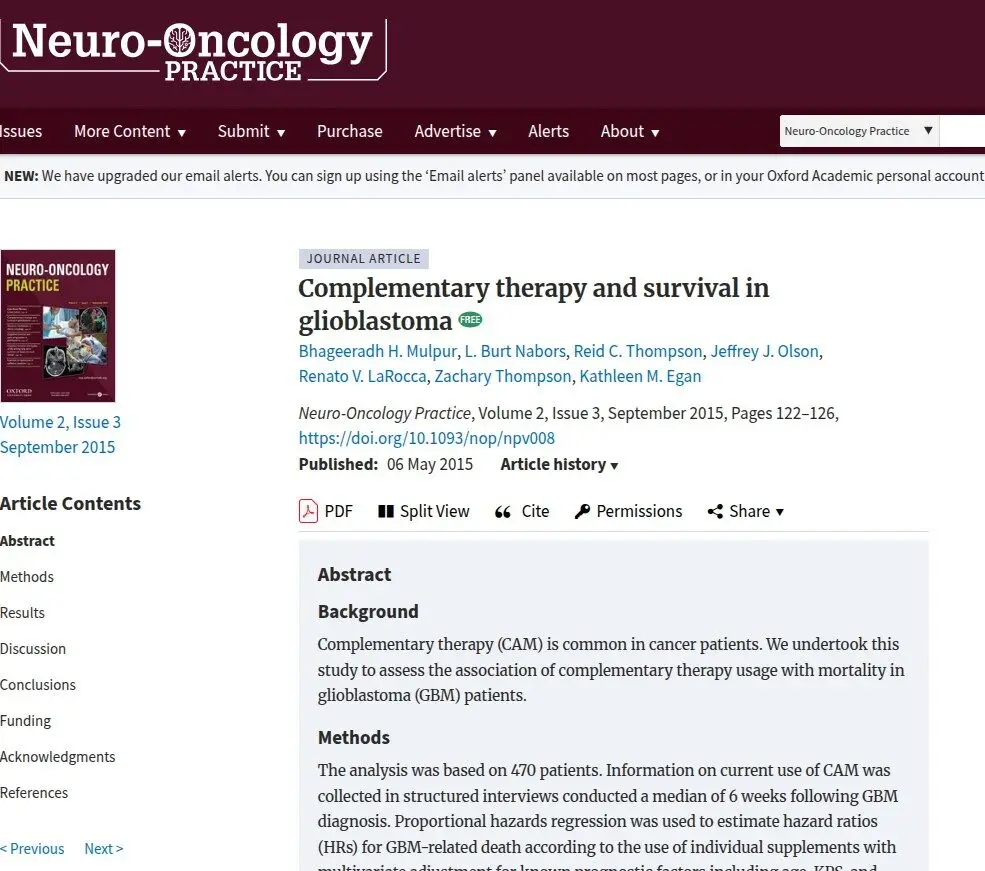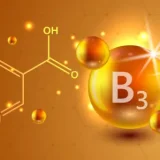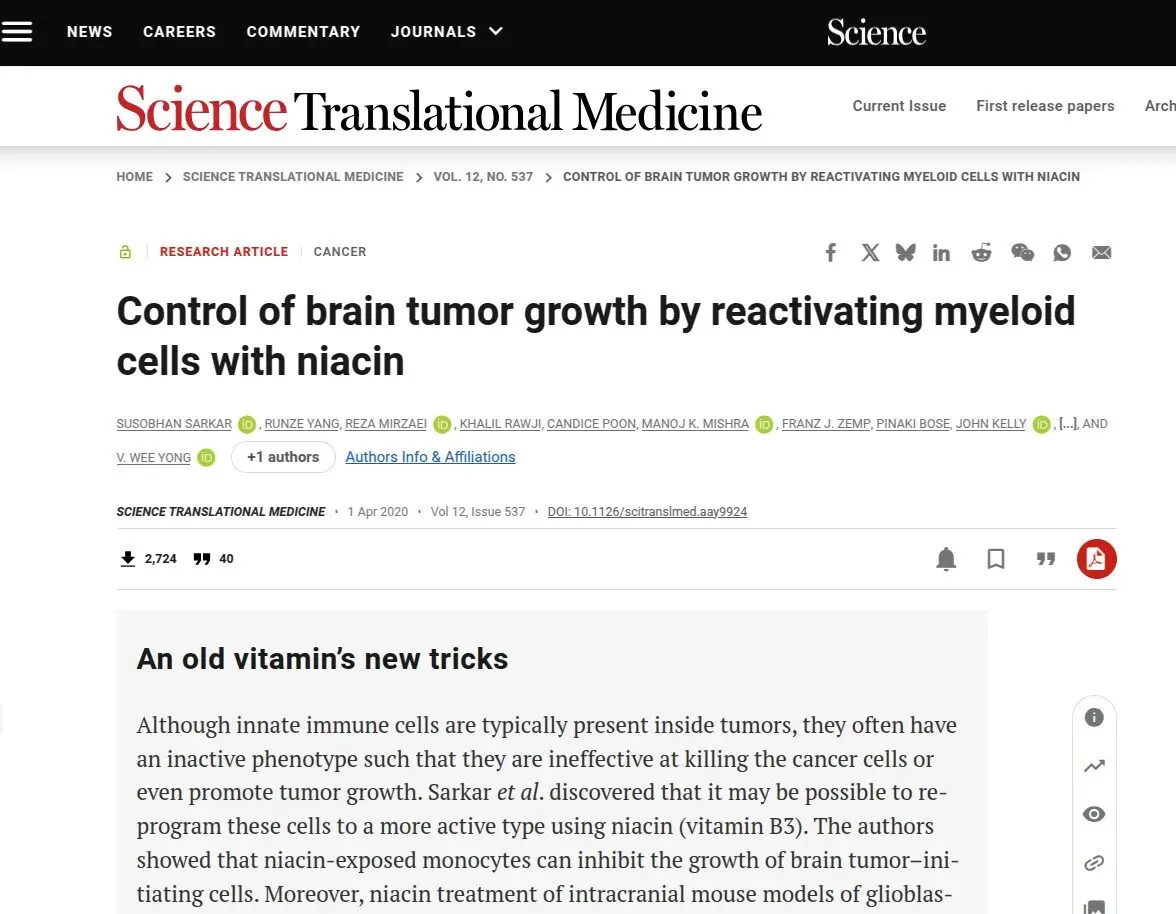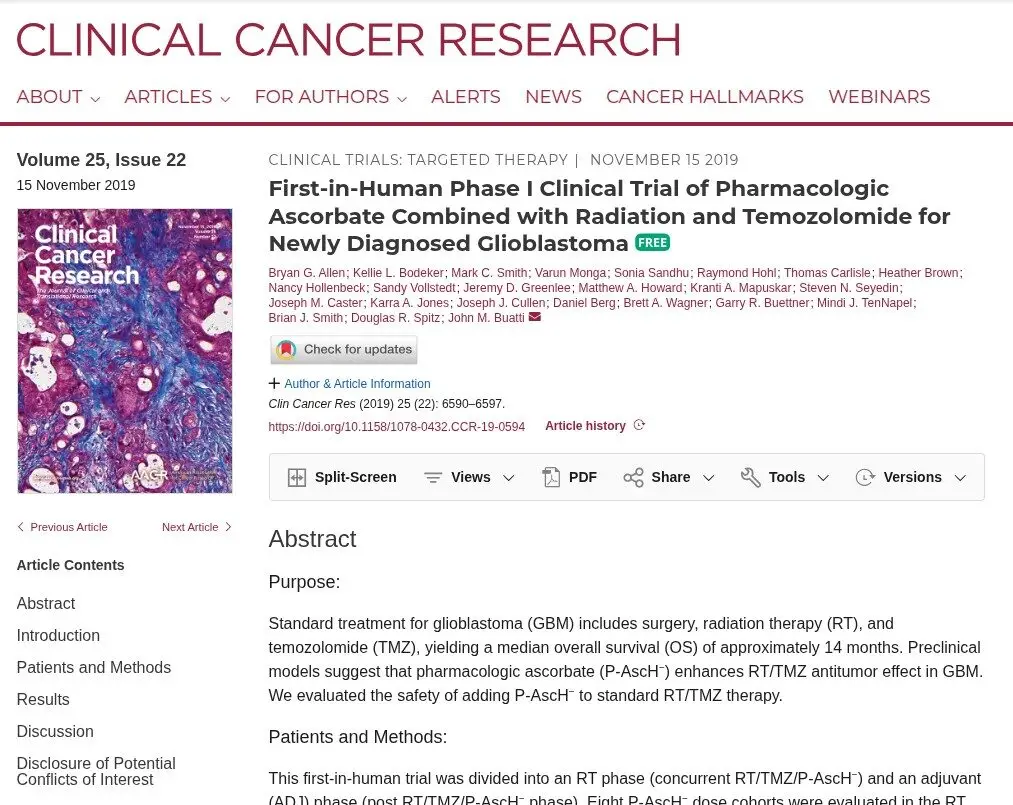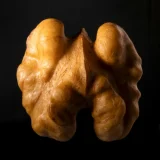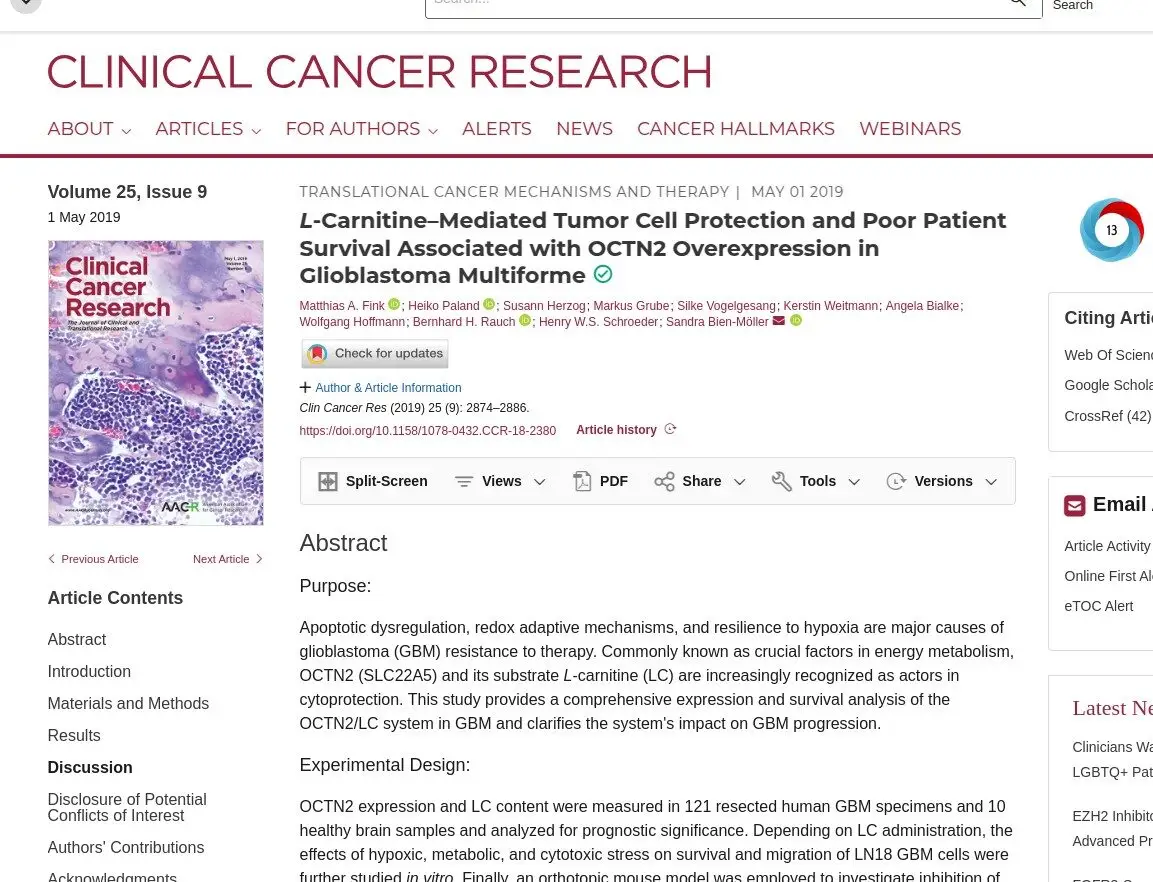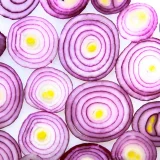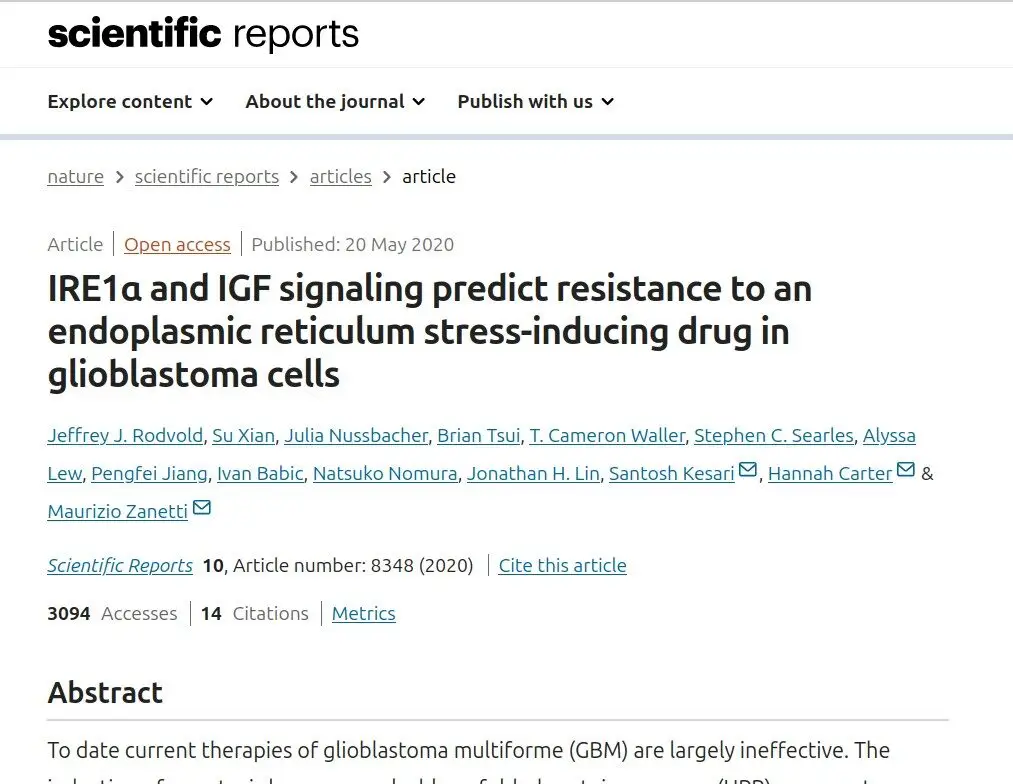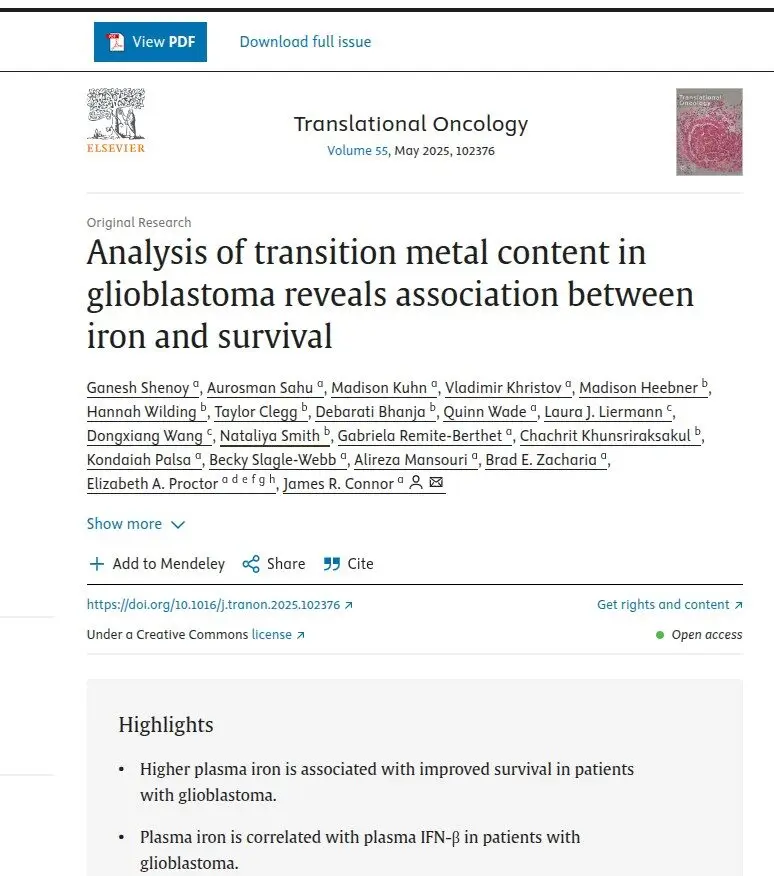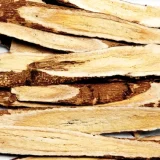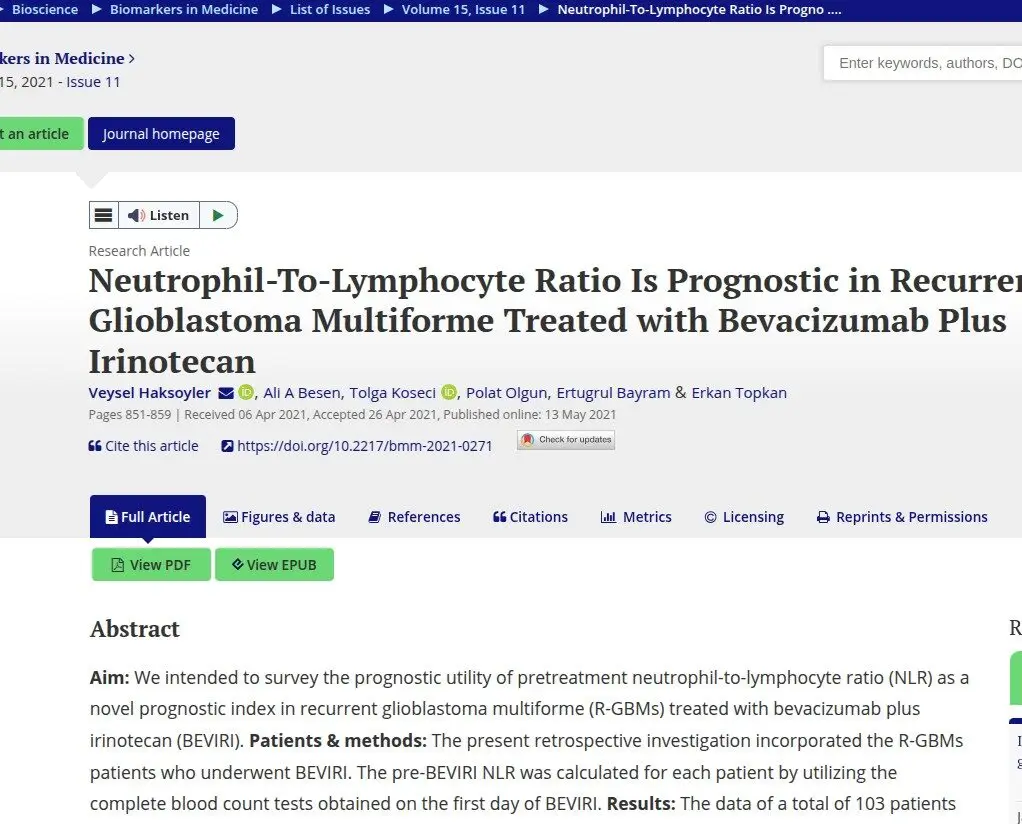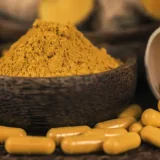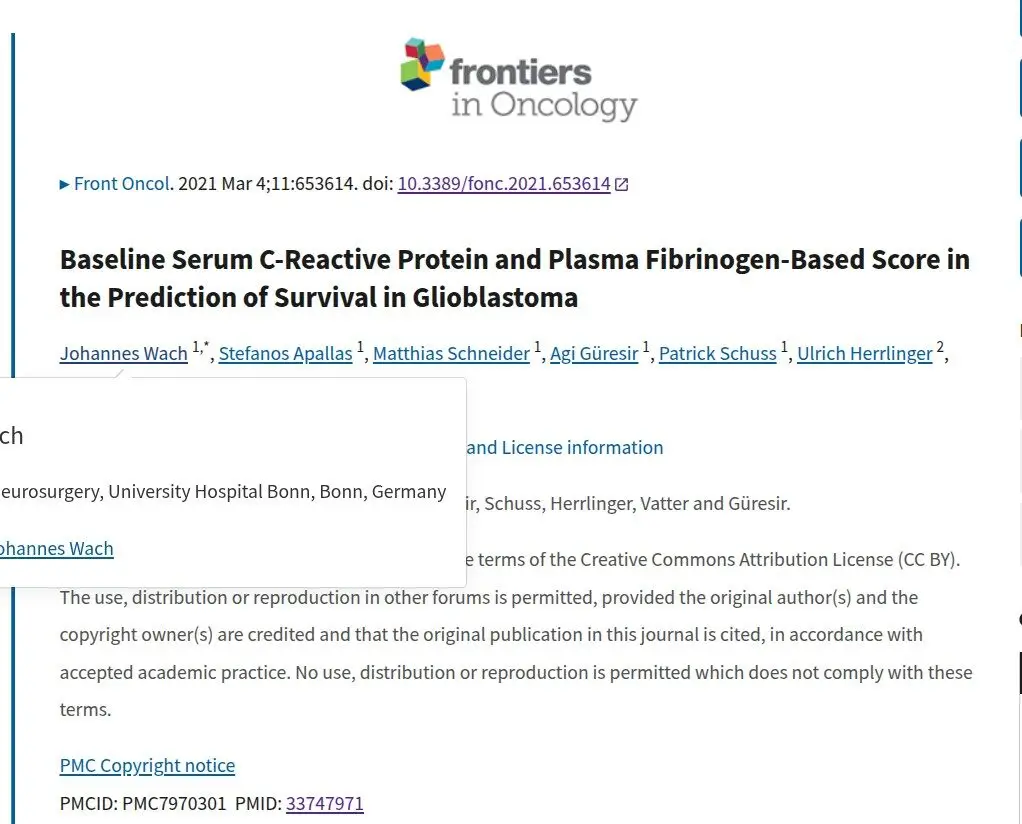Within the studies here, there are a few examples of patients reported with no evidence of disease at the time of publication. Indicating that natural compounds can, for some, radically improve the results of their oncology treatments by helping the drugs effectiveness, but also by reducing side effects that impact oncology.
Chlorogenic acid, easily available from green coffee supplements, is moving towards chinese FDA approval for GBM. Phase I trials have shown quite striking benefits used as a injectable form of chlorogenic acid, but absorption from supplements is high. Chlorogenic acid has clear evidence in lab models for suppressing M2 macrophages- large immune cells – seen to be used by cancer tumors in treatment evasion, increasing growth and even metastasis. Most patient responses were in the lower dose ranges here, probably attainable with premium grade supplements. The mechanisms include immune system modulation, moving from inflammatory to anti-inflammatory state.
Functional foods derived from eggs or oats increase so called anti-secretory factor can reduce the internal fluid pressure in tumors. This pressure fuels GBM growth and metastasis, and is especially a problem in drug resistance with the physical barrier it presents. A pilot in sweden trial recently showed some fascinating outcomes in a small patient group, with half those able to compete the treatment seeing over two years response. The researchers particulary highlight one patient remaining in remission at the trial close. Studies are being extended in GBM and several other cancers. Also food related, ketogenic diets are showing some fascinating results in particular for glioblastoma (see Lifestyle)
In late stage patients that included GBM, moderate to high dose melatonin has shown some remarkable effects, inducing periods of stable disease for some patients. In other cancers up to 1000mg has been safely given, and more trials are called for by these research teams. Also emerging in studies is the supporting use of niacin or nicotinamide during oncology. Pre-clinical evidence clearly showed a striking ability to activate the immune system activity in tumors, and controlled release versions of this common vitamin B3 varient are already in phase I trials. Similar progress with high dose intravenous vitamin C have already been published, and showed remarkable sustained responses in a subgroup of patients lacking so called MGMT promoter methylation markers.
As well as using glucose (glycolysis), GBM is known to upregulate fatty acid metabolism including raised L-carnitine levels. This increases treatment resistance, leading to sharply increased progression rates in some patients. In anti-aging science, urolithin A supplements are reported re-regulating fatty acid uptake. And it can also pass the blood-brain barrier, there are researchers calling for trials in GBM. Another even more established mechanism by which GBM tumors fuel growth is upregulation of so called unfolded protein response. Some fascinating new research shows how inhibiting enzymes involved with this process can stop disease progress in mouse models. Quercetin, perhaps aided by tocotrienols to cross the blood brain barrier (vitamin E), may have inhibiting activity of these enzymes.
Inflammation related iron deficiency is a feature of cancer progression. At the same time, upregulated iron stored as ferritin increases progression rates. Pre-biotic milk protein lactoferrin binds iron in the gut, increasing its absorption. By regulating iron balance, homeostasis, its action may counter some of the dysfunctional iron metabolism. Elevated neutrophil-to-lymphocyte ratios, including a rise during treatment, increase risk levels. Immune balancing effects of astragalus have been reported in advanced lung cancer as improving NLR. Other inflammatory activity measured by c-reactive protein and fibrinogen levels are also reported risk factors that may be countered by curcumin, aged black garlic and more.
The so called Th1/Th2 immune system balance is strongly linked to the progression and to treatment resistance. Molecular iodine solutions are emerging in this area in breast cancer management and seen boosting Th1 anti tumor activity and helping suppress over active Th2 used in resistance. This has improved results in surgery plus chemotherapy and this form of iodine can pass the blood brain barrier. Itmay support increased response immunotherapy which a small group of GBM treatment plans might include (see Supplement Library). For immunotherapy the presence of high sodium levels is now identfied as a key marker for success in other cancers. Also in other cancers, AM treatment programs are substantially more effective that PM/evening sessions


